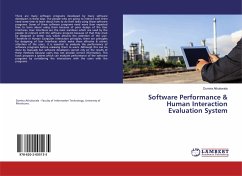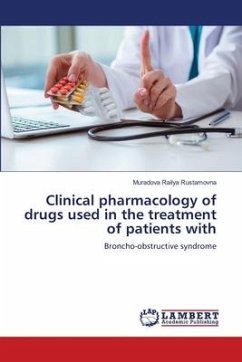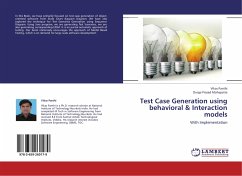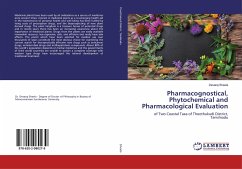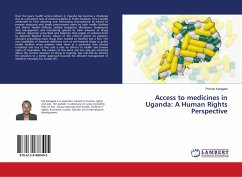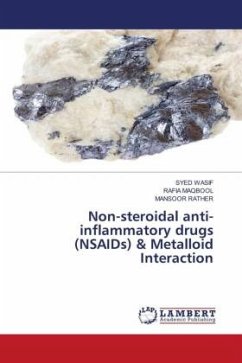
Non-steroidal anti-inflammatory drugs (NSAIDs) & Metalloid Interaction
Versandkostenfrei!
Versandfertig in 6-10 Tagen
29,99 €
inkl. MwSt.

PAYBACK Punkte
15 °P sammeln!
The metalloid, arsenic is ubiquitous at varying levels in water,soil, air and food. Arsenic is a known global groundwater contaminant.Drinking water containing high levels of arsenic is the major source of exposure to arsenic for millions of people worldwide. In India, arsenic toxicity from drinking of contaminated groundwater is a serious problem. In West Bengal alone (India), more than 6 million people innine districts are endemically exposed to inorganic arsenic through drinking of heavily contaminated groundwater from hand-pumped tube wells (Chowdhury et al., 2001). In fact, arsenic contam...
The metalloid, arsenic is ubiquitous at varying levels in water,soil, air and food. Arsenic is a known global groundwater contaminant.Drinking water containing high levels of arsenic is the major source of exposure to arsenic for millions of people worldwide. In India, arsenic toxicity from drinking of contaminated groundwater is a serious problem. In West Bengal alone (India), more than 6 million people innine districts are endemically exposed to inorganic arsenic through drinking of heavily contaminated groundwater from hand-pumped tube wells (Chowdhury et al., 2001). In fact, arsenic contamination of ground water in West Bengal has been regarded as the greatest arsenic calamity in the world (Mandal et al., 1996). What is worse in India that arsenic contamination in groundwater is slowly spreading to other states like Bihar, Uttar Pradesh, Assam and Chhattisgarh (De, 2005). In the United States, the Agency for Toxic Substances and Disease Registry (ATSDR) has ranked arsenic as the number one hazardous chemical for more than 10 years (2007).







